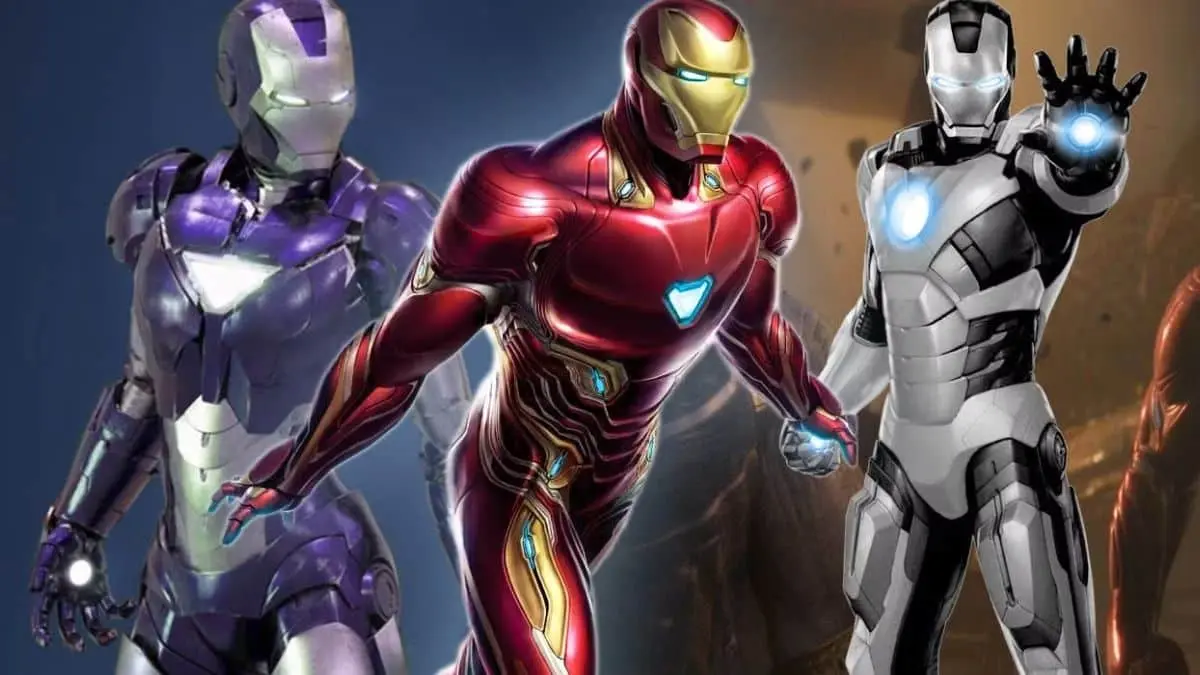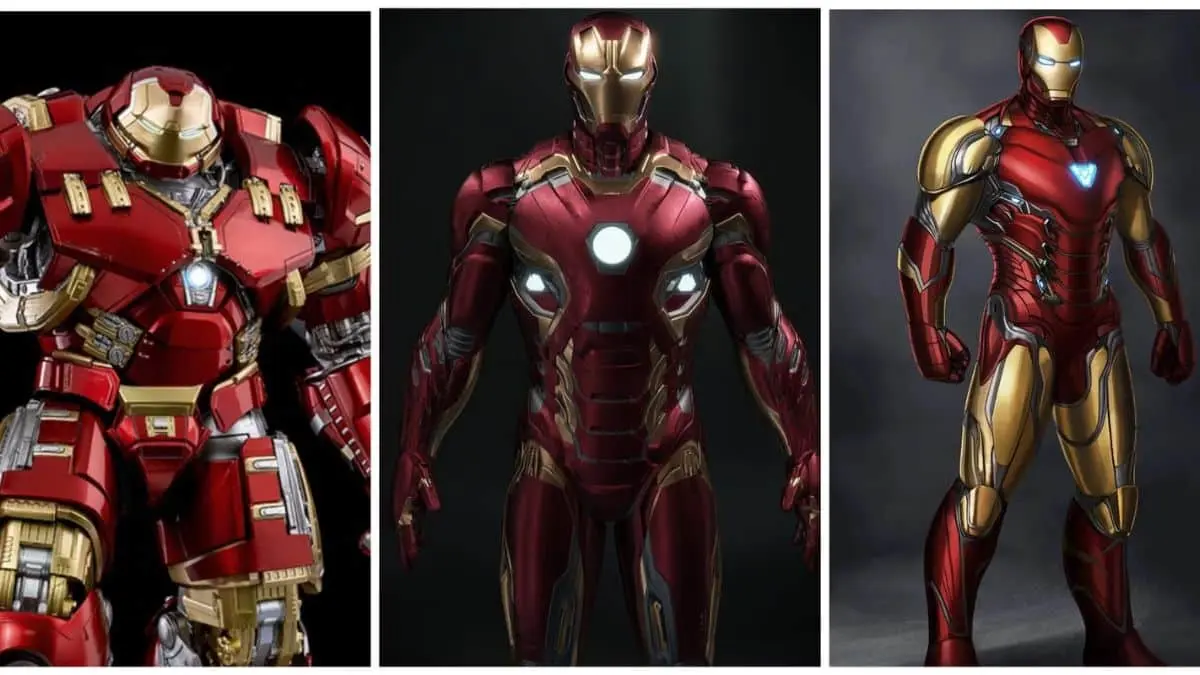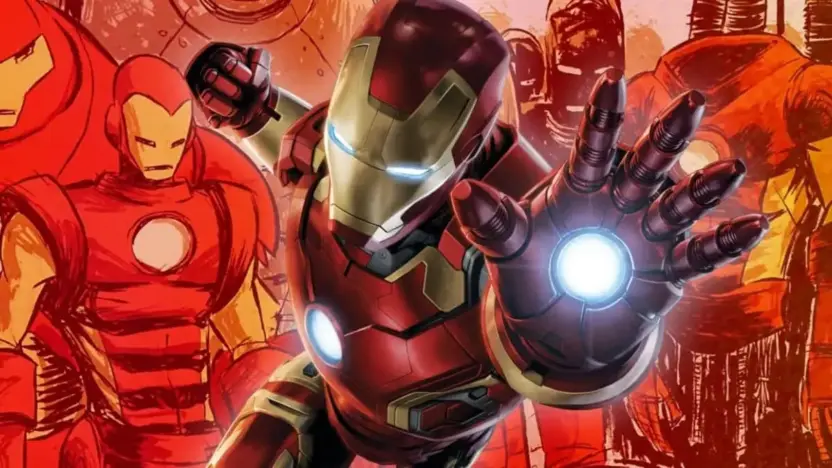When it comes to superhero technology, few things capture the imagination like Tony Stark’s Iron Man suits. Over the years, we’ve seen a variety of iterations, each more advanced than the last. But two versions stand out as fan favorites: the classic armor and the nanotech suit. Both have their strengths and weaknesses, and both have left an indelible mark on the Marvel Cinematic Universe (MCU). So, which one is truly the best? Let’s dive into the details and compare these two iconic suits.
The Classic Armor: A Timeless Symbol of Power
The classic Iron Man armor is the foundation of Tony Stark’s superhero journey. From the bulky Mark I, built in a cave with scraps, to the sleek Mark III, which debuted in Iron Man (2008), the classic armor set the standard for what a superhero suit could be. These suits were mechanical marvels, built with precision engineering and cutting-edge technology.

Durability and Reliability
The classic armor is known for its rugged durability. Made from reinforced titanium-gold alloy, these suits could withstand heavy impacts, extreme temperatures, and even direct missile hits. The modular design allowed Tony to swap out damaged parts, making the suit highly reliable in combat situations. For example, in Iron Man 2, the Mark V suitcase armor saved Tony’s life during a surprise attack, proving that even a compact version of the classic armor could deliver.
Weaponry and Versatility
Classic suits like the Mark VII (featured in The Avengers) came equipped with an impressive arsenal of weapons, including repulsor beams, missile launchers, and unibeam projectors. The suits also had flight capabilities, allowing Tony to engage in aerial combat and maneuver through tight spaces. While these suits lacked the adaptability of later models, their sheer firepower and versatility made them a force to be reckoned with.
Limitations of the Classic Armor
Despite their strengths, classic suits had their drawbacks. They were bulky, requiring time to put on and take off. In Iron Man 3, Tony struggled to don his suit during a home invasion, highlighting this vulnerability. Additionally, the suits relied on external power sources, which could be depleted or sabotaged, as seen in Iron Man when Obadiah Stane disabled the suit’s power supply.
The Nanotech Suit: The Future of Combat
The nanotech suit, first introduced in Avengers: Infinity War (2018), represents the pinnacle of Tony Stark’s technological innovation. This suit is composed of billions of nanobots that can assemble and disassemble at will, creating a seamless and highly adaptable armor system.
Instant Deployment and Adaptability
One of the most significant advantages of the nanotech suit is its instant deployment. Unlike the classic armor, which required mechanical assembly, the nanotech suit forms around Tony’s body in seconds. This feature proved crucial in Infinity War, when Tony needed to suit up quickly to face Thanos. The suit’s adaptability also allows it to create weapons and tools on the fly, such as shields, blades, and even thrusters for enhanced mobility.
Enhanced Mobility and Precision
The nanotech suit is incredibly lightweight and form-fitting, offering superior mobility compared to the bulkier classic armor. This design allows Tony to move with greater agility and precision, making him a more effective combatant. In Infinity War, the suit’s ability to reconfigure itself mid-battle gave Tony an edge against Thanos, showcasing its advanced capabilities.
Self-Repair and Energy Efficiency
Another groundbreaking feature of the nanotech suit is its self-repair function. When damaged, the suit can use its nanobots to patch itself up, ensuring that Tony remains protected even in the heat of battle. Additionally, the suit is powered by Tony’s arc reactor, making it more energy-efficient than earlier models.
Limitations of the Nanotech Suit
While the nanotech suit is undeniably advanced, it’s not without its flaws. The suit’s reliance on nanobots makes it vulnerable to widespread damage. In Infinity War, Thanos’s attacks caused significant damage to the suit, forcing Tony to rely on his ingenuity rather than his armor. Additionally, the suit’s complexity means that repairs and maintenance could be more challenging compared to the classic armor.
Head-to-Head Comparison
Combat Effectiveness
In terms of raw power, the classic armor holds its own with its extensive weaponry and durability. However, the nanotech suit’s adaptability and instant deployment give it a significant edge in fast-paced combat scenarios. The ability to create weapons and tools on demand makes the nanotech suit more versatile in unpredictable situations.
User Experience
The classic armor, while reliable, can be cumbersome to wear and operate. The nanotech suit, on the other hand, offers a seamless user experience, forming around Tony’s body with minimal effort. This ease of use makes the nanotech suit more practical for everyday heroics.
Aesthetic Appeal
Both suits have their unique aesthetic appeal. The classic armor’s mechanical design exudes a sense of raw power and industrial craftsmanship, while the nanotech suit’s sleek, futuristic look reflects its cutting-edge technology. Ultimately, the choice between the two comes down to personal preference.

Which Suit Is the Best?
The answer to this question depends on the context. If you value durability, firepower, and a proven track record, the classic armor is the way to go. It’s a tried-and-true design that has saved Tony’s life countless times. However, if you prioritize adaptability, mobility, and futuristic innovation, the nanotech suit is the clear winner. Its ability to respond to threats in real-time and its seamless integration with Tony’s body make it the ultimate expression of Iron Man technology.
In the end, both suits represent different stages of Tony Stark’s evolution as a hero and a genius. The classic armor symbolizes his origins and his determination to protect the world, while the nanotech suit showcases his relentless drive to push the boundaries of what’s possible. Together, they embody the spirit of Iron Man: a man who uses his intellect and resources to rise above any challenge.
Also Read: Who Was Lex Luthor Father?



